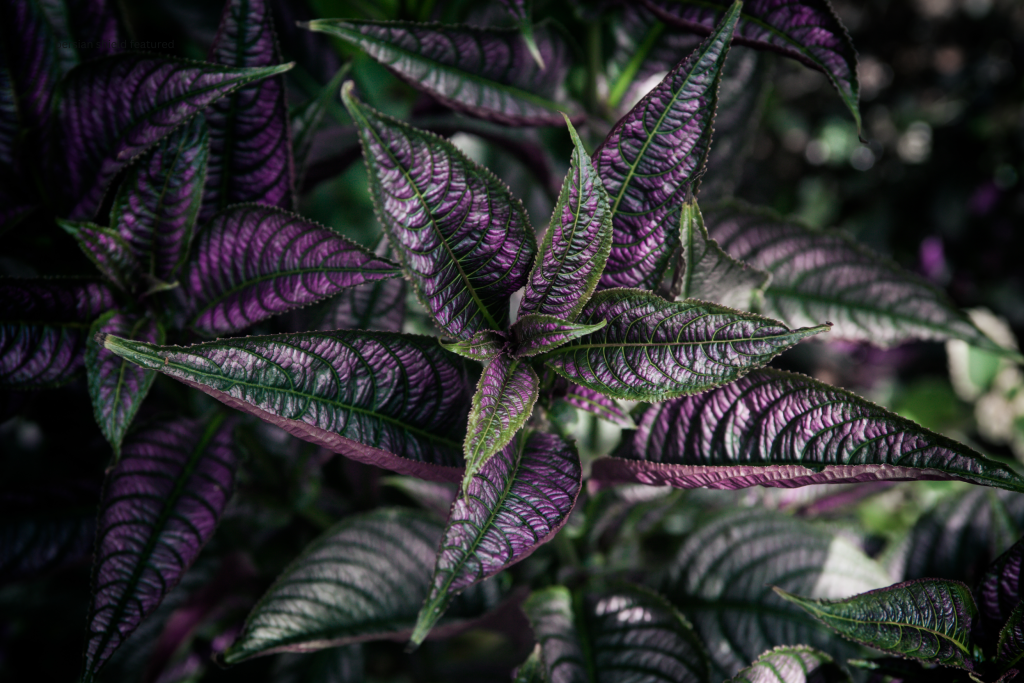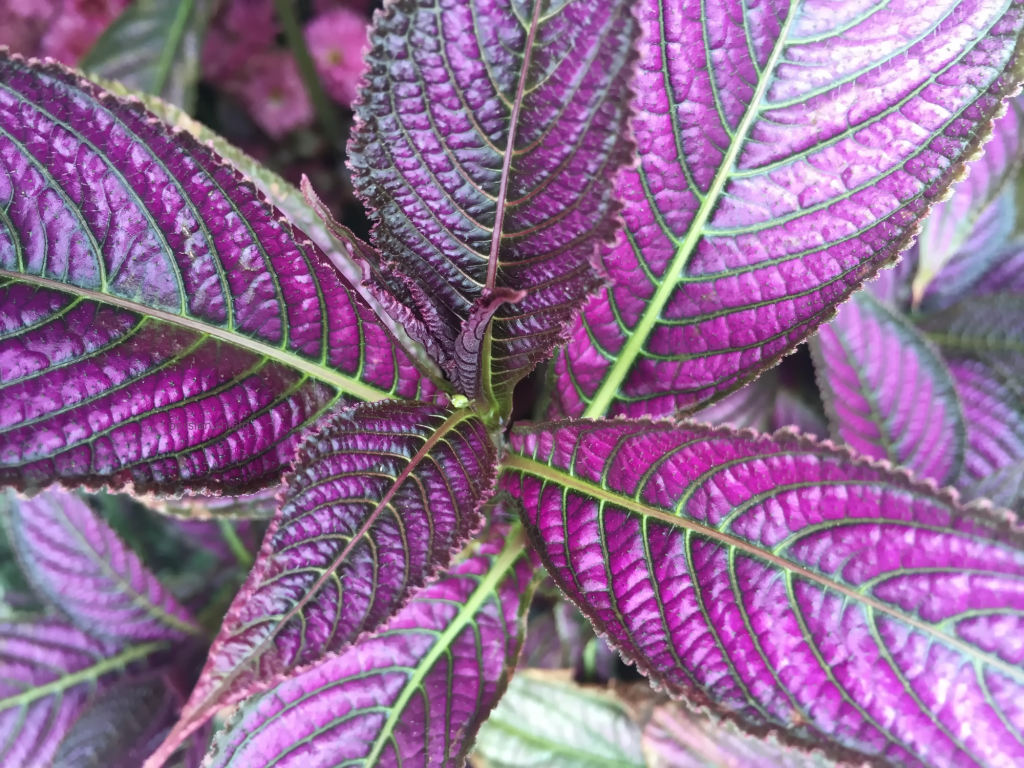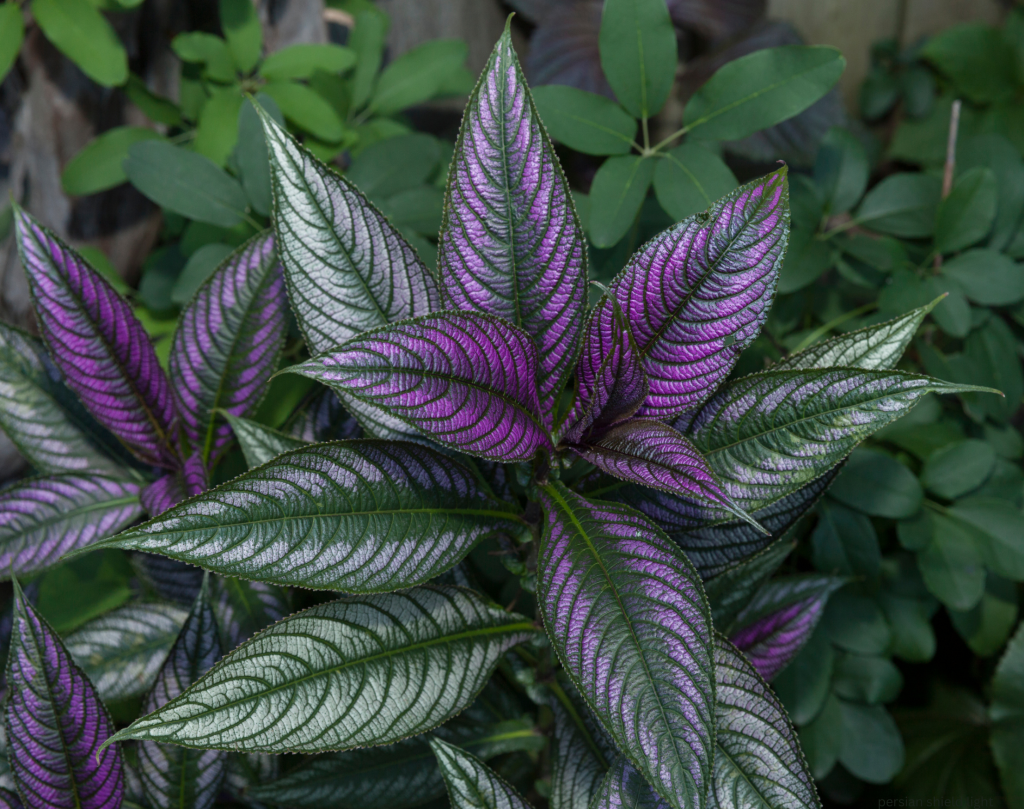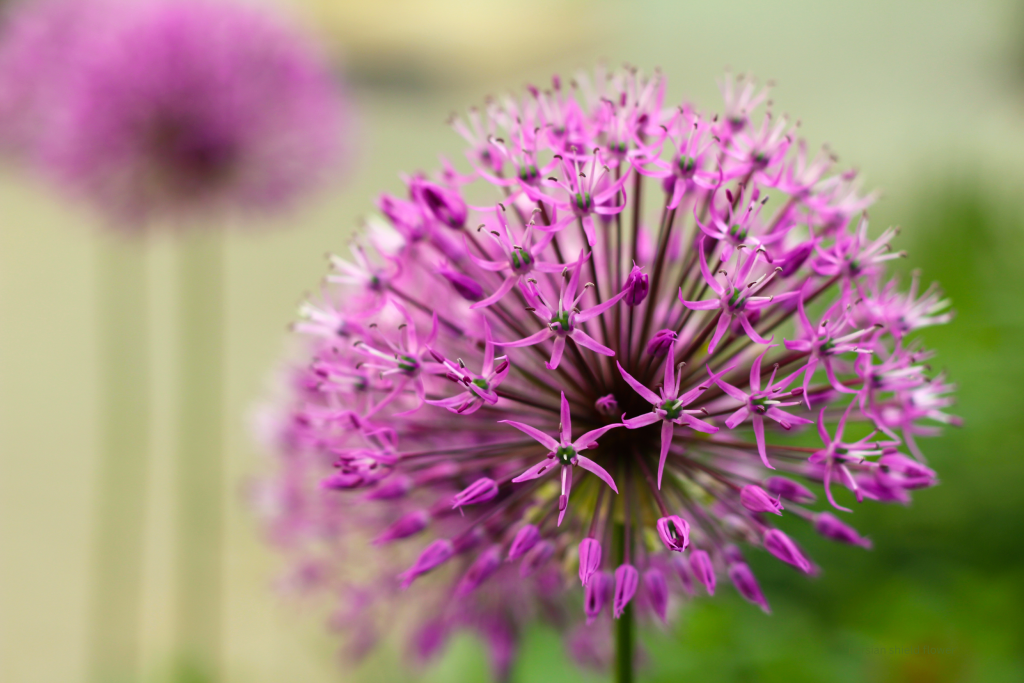In the realm of ornamental plants, the Persian Shield (Strobilanthes dyerianus) stands out as a true gem. Renowned for its stunning foliage and easy-care nature, this tropical plant can add a splash of color and a touch of exotic elegance to any garden or indoor space. Let’s delve into the captivating world of the Persian Shield and discover why it’s a favorite among plant enthusiasts.

A Botanical Masterpiece
Native to the tropical forests of Myanmar, the Persian Shield belongs to the Acanthaceae family. Its most striking feature is its foliage—leaves that are not only large and lance-shaped but also vibrantly colored. The leaves showcase a brilliant purple hue with metallic silver undertones, creating an iridescent effect that shimmers in the light. This dynamic play of colors ensures that the Persian Shield is always a focal point, whether placed in a garden bed or a decorative pot.
Versatility in Garden Design
One of the Persian Shield’s greatest assets is its versatility. It can be used in a variety of garden settings, each time bringing its unique beauty to the forefront:
- Accent Plant: Its bold, colorful foliage makes it an excellent choice for use as an accent plant in garden beds or borders. It pairs well with green foliage plants, providing a striking contrast.
- Container Gardening: The Persian Shield thrives in containers, making it ideal for patios, balconies, and indoor settings. Its compact growth habit and vivid colors make it a perfect choice for adding a vibrant touch to any spot.
- Mixed Plantings: Combine the Persian Shield with other tropical plants such as caladiums, coleus, or begonias for a lush, diverse display. The contrasting colors and textures create a stunning visual impact.
Growing Conditions

To ensure your Persian Shield thrives, pay attention to its preferred growing conditions:
- Light: This plant thrives in bright, indirect light. While it can tolerate some direct sunlight, too much can cause leaf scorch. For indoor plants, place them near a bright window but out of direct sunlight.
- Soil: Use well-draining, fertile soil. A high-quality potting mix works well for container plants.
- Watering: Keep the soil consistently moist but not waterlogged. The Persian Shield prefers high humidity, so regular misting or using a humidity tray can be beneficial for indoor plants.
- Temperature: As a tropical plant, it thrives in warm temperatures between 60°F and 75°F. It is not frost-tolerant, so bring outdoor plants indoors when temperatures drop.
Care and Maintenance

The Persian Shield is relatively easy to care for, making it suitable for both novice and experienced gardeners:
- Pruning: Regular pruning encourages bushier growth. Pinch back the tips to prevent the plant from becoming leggy.
- Fertilizing: During the growing season (spring and summer), feed the plant with a balanced, water-soluble fertilizer every few weeks.
- Pest Control: Be on the lookout for common pests like aphids, spider mites, and whiteflies. Treat infestations promptly with insecticidal soap or neem oil.
Propagation
Propagating the Persian Shield is straightforward, typically done through stem cuttings:
- Cutting: Take a 4-6 inch cutting from a healthy plant, ensuring it has at least one node.
- Rooting: Place the cutting in water or a moist potting mix. If using water, change it regularly to prevent stagnation.
- Transplanting: Once roots develop, transplant the cutting into a pot with well-draining soil.
A Designer’s Delight

Persian shield’s flower
The Persian Shield’s dramatic foliage makes it a favorite among garden designers and interior decorators. Its ability to reflect light and change colors adds depth and dimension to any arrangement. Whether used as a standalone statement piece or as part of a mixed planting scheme, the Persian Shield never fails to impress.
Conclusion
The Persian Shield is more than just a plant; it’s a piece of living art. Its vibrant, iridescent leaves bring a sense of wonder and exotic beauty to any space. With its relatively easy care requirements and versatile use in garden and indoor settings, the Persian Shield is a must-have for any plant lover. Add this tropical gem to your collection and watch as it transforms your space into a botanical masterpiece.



